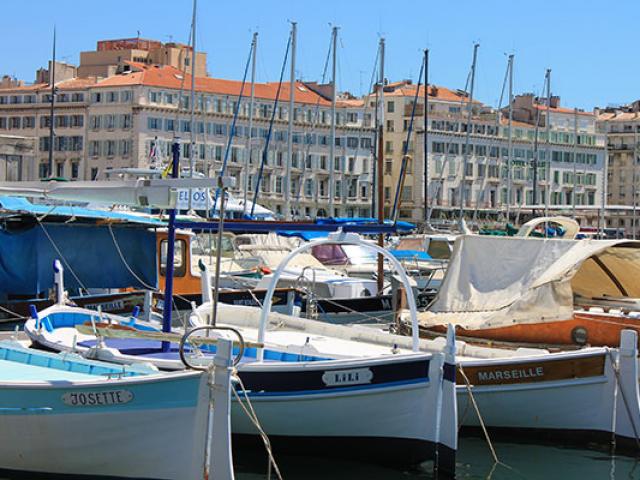A fast-changing urban landscape
After winning the European Capital of Culture 2013 title, Marseille is still on the ball as they say in this football-crazy city. Set on the port’s former jetty, the Mucem (Museum of European and Mediterranean Civilisations) has earned its standing as a world-class museum thanks to its vast collections and seductive architecture. The Joliette quarter is the city’s new shopping temple, home to les Docks Village, les Terrasses du Port and les Voûtes de la Major , set under the ancient arcades of Cathédrale de la Major. Down from the Panier quarter, – the Montmartre of Marseille – cultural venues have sprung up everywhere: don’t miss the Villa Méditerranée, Fondation Regards de Provence, and Kengo Kuma’s building designed for the FRAC (Provence-Alpes-Côte-d’Azur Regional Contemporary Art Collection).






